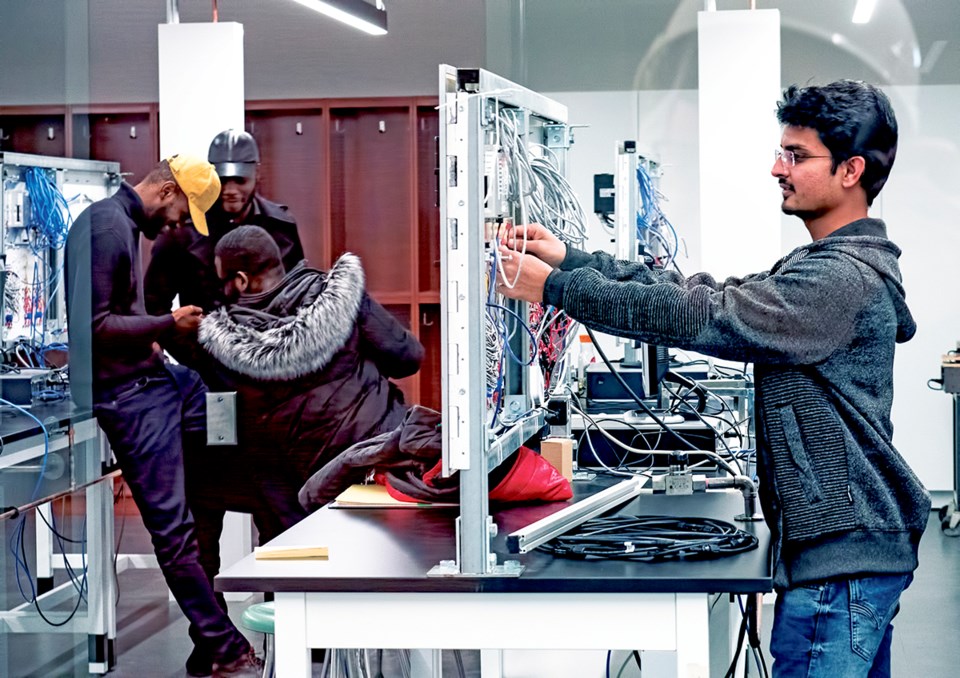Troy Shantz
More than 1,200 international students are now taking classes at the Sarnia campus of Lambton College, a twelvefold increase in 10 years.
But that’s just part of the story.
Lambton also has signed licensing agreements to train about 7,000 additional international students at offsite and overseas campuses in Toronto, Mississauga and China.
One of them, the privately owned Cestar College in Toronto, recently made the news by giving the City of Sarnia the eyebrow-raising sum of $4 million for a new shipping dock.
The agreements are highly lucrative for Lambton College because foreign students pay heftier tuition than Canadians — an average $14,000 a year according to the Ontario Colleges website.
In its last fiscal year, Lambton took in revenue of $49 million from international students, according to an audited financial statement in March.
That’s twice as much as it received from Canadian students through tuition and government grants.
Attracting students from India, Mexico, China, Brazil and Jamaica has been so positive that Lambton College posted a budget surplus of $25 million last year, as well as cash in hand of $125 million, president Judy Morris confirmed.
“When this kind of revenue comes to our college it is put back right into the college, and it is absolutely to ensure that we have the most attractive and competitive college that we possibly can,” she said.
Of Ontario’s 24 community colleges, Lambton is one of just six with licensing arrangements that allow their international students to be trained at private colleges.
Canadore, Cambria, St. Lawrence, St. Clair and Northern Colleges have similar licensing agreements, Morris said, adding it gives rural colleges a chance to respond to shrinking domestic tuition dollars.
Lambton was quick to realize the potential and become a leader at licensing its programs. In addition to the international students training in Sarnia, another 5,700 are earning Lambton College credits at Cestar College and Queen’s College in Mississauga.
Lambton was just the third Canadian college allowed into the People’s Republic of China. Today, it has 1,100 students studying at Jilin University-Lambton College in Changchun.
It also has an agreement with Jiangnan University-North American College in Wuxi, China, Morris said.
In 2018, Ontario’s previous Liberal government told Lambton it and the other licensing colleges they must wind down their private college partnerships and end them once currently enrolled students graduated.
But on Nov. 12, Colleges and Universities Minister Ross Romano said the Ford government was lifting the licensing moratorium.
The new policy will allow other colleges to partner with private schools and train foreign students for careers in business, technology, mechanical engineering and computer programming.
“It’s a very positive announcement for us and we are extremely pleased with our government for doing this,” Morris said.
Lambton has no plans to increase its international student intake, Morris said, but the licensing will continue and with it the substantial revenue.
International graduates with a diploma from Lambton are well positioned, the college says, to join the Canadian workforce, network, or further their education elsewhere in North America.
At the Sarnia campus, the number of foreign students has grown to more than 1,200 from just 93 students in 2009, Morris said.
Over the same period, Canadian full-time student enrolment in Sarnia declined to about 2,400 this year from 2,900 a decade ago.
